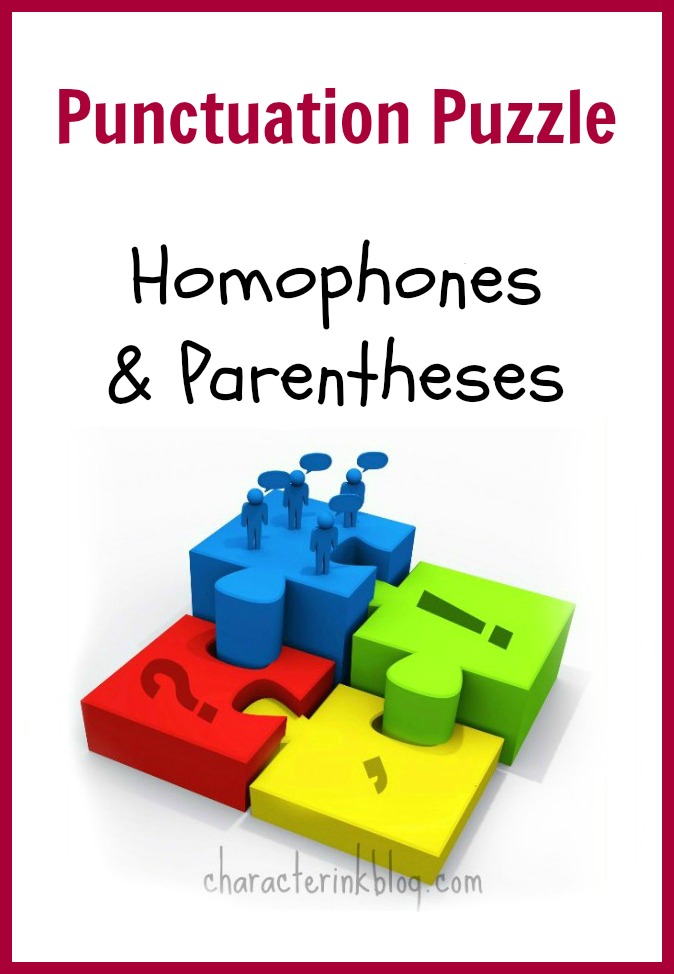5 Tips for Using Its and It’s From Language Lady
by Donna | Jan 16, 2018
For optimal viewing on a mobile device, tilt your device to landscape mode.
5 Tips for Using Its and It’s
#1
Its Is a Pronoun That Shows Possession.
Possessive pronouns are pronouns that show ownership of something: The dog lost its collar. (Pronouns are FOR-nouns…IT is used FOR (in place of) a noun….noun is dog; pronoun is it).
There are many pronouns that show possession. We call these possessive pronouns. Some of these include hers, his, ours, theirs, its.
#2
Pronouns Do Not Use Apostrophes to Show Possession.
Generally speaking, we do not show possession to pronouns with apostrophes. We do not write her’s or our’s–and we do not write it’s when we want to say its.
If we remember this first rule of thumb, it will help us in showing possession to pronouns. Nouns DO use apostrophes to show possession (dog—dog’s). Pronouns do NOT use apostrophes to show possession (it—its).
#3
When We Use an Apostrophe With a Pronoun, We Nearly Always Create a Contraction.
A contraction is two words squeezed together with a letter or letters squeezed completely out (and the apostrophe put in place of the “squeezed out” letters). She’s says she is or she was. He’s says he is or he was. It’s says it is or it was.
The best rule of thumb for not using its when you want it’s or it’s when you want its is to always say a contraction uncontracted (silently or aloud) when the confusing word comes up. When you write it’s, say IT IS and ask yourself if that is what you really want in that sentence. This rule of thumb works for ALL contractions all the time!
#4
It’s Is a Contraction That Means It Is.
Using the “say it uncontracted” rule of thumb, we will always know that it’s stands for it is. It is a pronoun. Is happens to be a being verb. We use it’s when we want to say it is.
When we are writing, we can say the contraction aloud to see if that is the word or words we want: The dog lost ITS collar. (Yes!) The dog lost IT IS collar (it’s–NO!).
#5
It’s Can Also Mean It Has in Informal Settings.
Some people use it’s for it has. This still consists of the pronoun it with the being verb has.
The same rule of thumb applies: Say contractions “uncontracted” as you write them to be sure you have the correct word.








